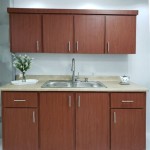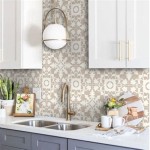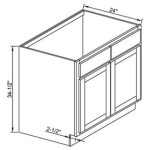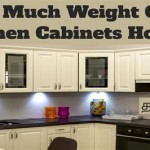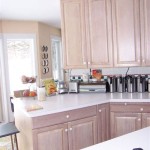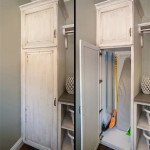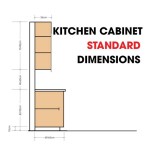Essential Aspects of DIY Kitchen Cabinet Plans
Embarking on a DIY kitchen cabinet project can be an enriching experience that transforms your kitchen's functionality and aesthetics. However, it's crucial to approach this endeavor meticulously, ensuring that you have a solid plan in place. This guide will delve into the essential aspects of DIY kitchen cabinet plans to help you achieve flawless results.
1. Determine Your Needs and Preferences:
Before diving into the specifics, take time to assess your kitchen space and identify your storage requirements. Consider the types of items you need to store, the space available, and your preferred cabinet designs. This will help you determine the number, size, and style of cabinets needed.
2. Create Detailed Drawings:
Accurate drawings are the cornerstone of successful cabinet construction. Utilize CAD software or graph paper to create detailed plans that include precise measurements of each cabinet, as well as the overall kitchen layout. This will ensure that your cabinets fit perfectly and function seamlessly.
3. Choose the Right Materials:
The materials you select will significantly impact the durability and aesthetics of your kitchen cabinets. Consider factors such as moisture resistance, scratch resistance, and overall style when choosing materials. Popular options include plywood, MDF, or solid wood.
4. Plan for Hardware and Components:
In addition to the cabinet bodies, you'll need to carefully select hardware and components such as hinges, drawer slides, and handles. Choose high-quality hardware that will endure daily use and complement the overall design of your cabinets.
5. Incorporate Lighting:
Adequate lighting is essential for both functionality and aesthetics. Consider incorporating under-cabinet lighting to illuminate work surfaces and display cabinets to showcase your favorite kitchenware. Plan for the placement of light fixtures and electrical outlets in your drawings.
6. Ensure Proper Ventilation:
To prevent moisture damage and maintain a healthy indoor environment, ensure that your kitchen cabinets have proper ventilation. Incorporate vents or perforated panels to allow air circulation and prevent odors from building up.
7. Seek Professional Guidance:
While DIY kitchen cabinet projects can be rewarding, don't hesitate to seek professional guidance if necessary. Consult with a kitchen designer or contractor for advice on complex designs or technical aspects that may require specialized knowledge.
Conclusion:
With meticulous planning and attention to detail, you can create custom kitchen cabinets that meet your specific needs and preferences. By following these essential aspects, you'll be well-equipped to design and build kitchen cabinets that will enhance the heart of your home for years to come.

21 Diy Kitchen Cabinets Ideas Plans That Are Easy To Build Building Cabinet New

Build Kitchen Cabinets Free Plans Cabinet Building

Kitchen Base Cabinets 101 Ana White

How To Build Base Cabinets The Complete Guide Houseful Of Handmade

Diy Cabinet Making Your Guide On How To Build A

Kitchen Cabinet Plans Amazing Your Residence Idea Base Cabine Building Cabinets Diy Remodel

Woodsmith Custom Kitchen Cabinets Plans Wilker Do S

Kitchen Base Cabinets 101 Ana White

How To Build Cabinets The Complete Guide Houseful Of Handmade

30in Base Cabinet Carcass Frameless Rogue Engineer

